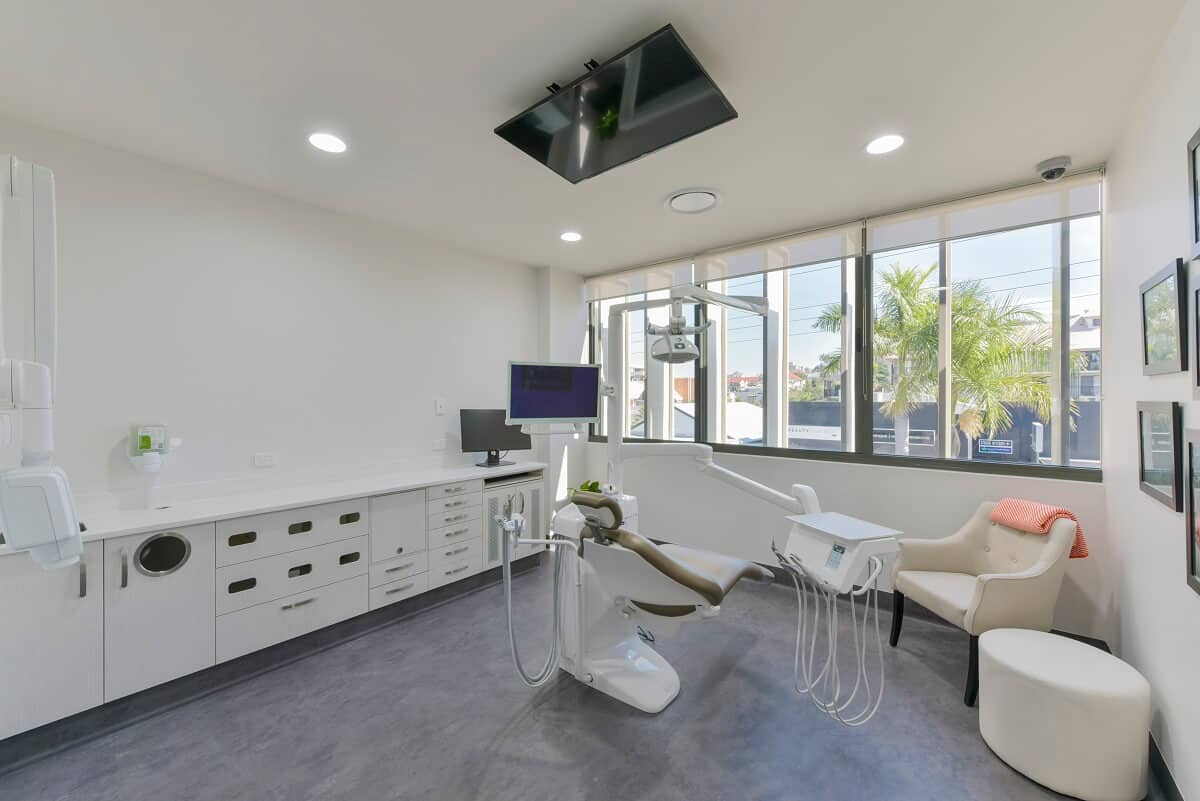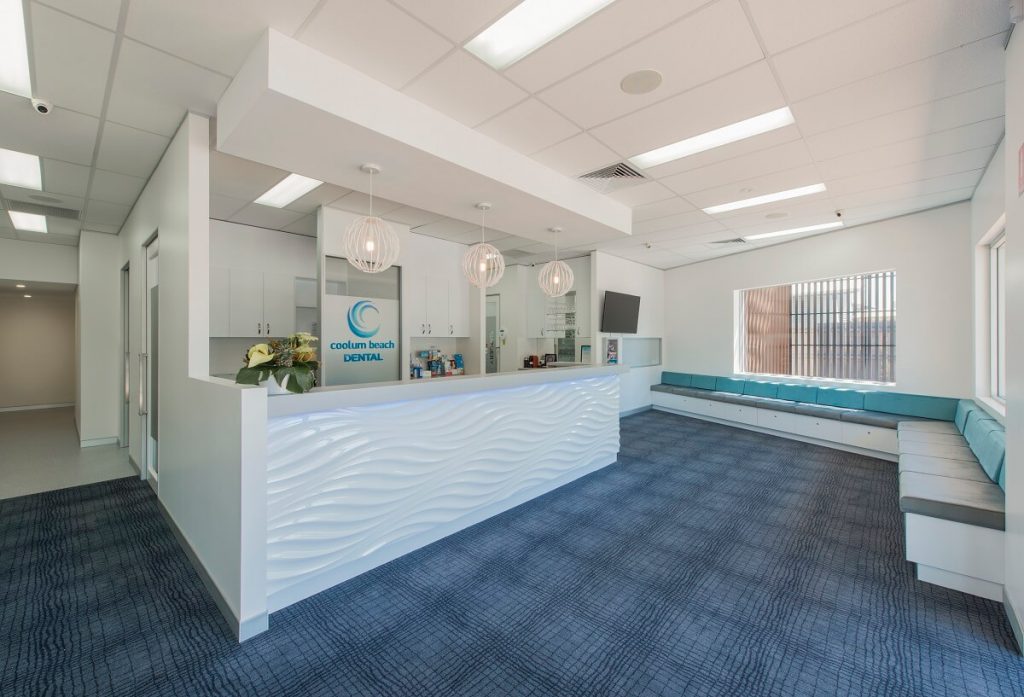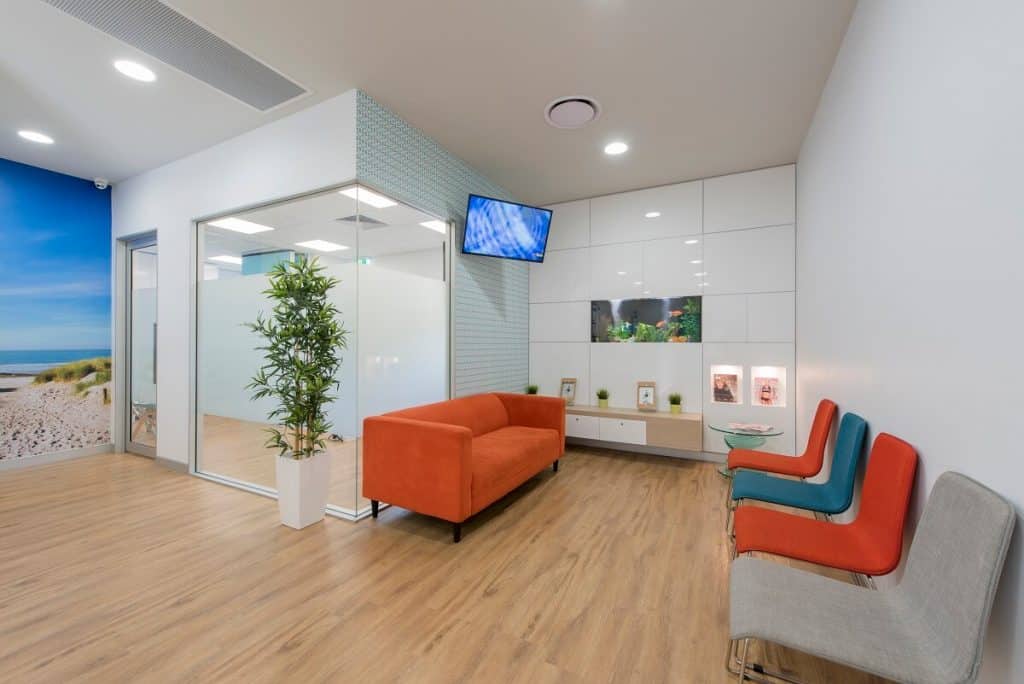Practical Flooring Ideas for your Dental Practice

Whether you’re planning on refurbishing your dental practice or you’re opening a new practice, one important design choice you’ll face is selecting the right flooring.

Often, different flooring types will suit different rooms across your practice. Pricing and maintenance requirements will differ between flooring types. And while each option has its strengths, it will also come with its own weaknesses.
This blog takes a look at different flooring options so you can make a more informed decision about flooring for your dental practice.
Nylon Carpet
Nylon carpet is durable and long-lasting. It offers a more “forgiving” finish for uneven floors than most other flooring products. It’s also easy to clean with regular vacuuming.

In your dental practice environment, nylon carpet tends to be most appropriate for rooms such as your reception, waiting area, and staff areas.
In contrast, nylon carpet is not appropriate for rooms that require sterility or that are exposed to water and other liquids, such as your treatment rooms. It’s also not the best choice if you have an environment where patients and staff are likely to track in mud and grime from the street, such as a ground-floor waiting room.
Carpet Tiles
Durable carpet tiles offer many of the benefits of nylon carpet. They also come with a distinct advantage: you can easily replace a damaged or discoloured carpet tile without having to rip up an entire room.

Carpet tiles dampen sound and can be maintained by vacuuming. They may be an appropriate choice for your dental practice’s reception and waiting areas, staff areas, and hallways.
However, like their nylon carpet counterparts, carpet tiles are not suited to treatment or surgery rooms.
Vinyl
Unlike the vinyl flooring that found its way into home kitchens in the 1960s, today’s vinyl offerings have a smart-looking finish, often imitating other flooring materials such as timber or marble tile.

Vinyl is durable and easy to maintain with regular mopping. This makes it appropriate for high-traffic areas, such as your reception and hallways. It’s also a good choice for environments where sterility is important – like your surgery rooms.
Tiling
Porcelain, ceramic, and stone tiles offer another durable flooring choice with fairly easy maintenance.

Available in a range of colours and textures, tiles are particularly appropriate for rooms with wet areas (including bathrooms) and for treatment rooms and surgeries.
Tiling can also be used in hallways and other high-traffic areas. But be warned – it may create loud echoes and become uncomfortable underfoot after a long day. It also requires regular cleaning to avoid grout discolouration.
Learn More
Take a look at our gallery of dental fitout projects. Or speak to us today to discuss your next dental clinic fitout or refurbishment.
- Category :
- Type :